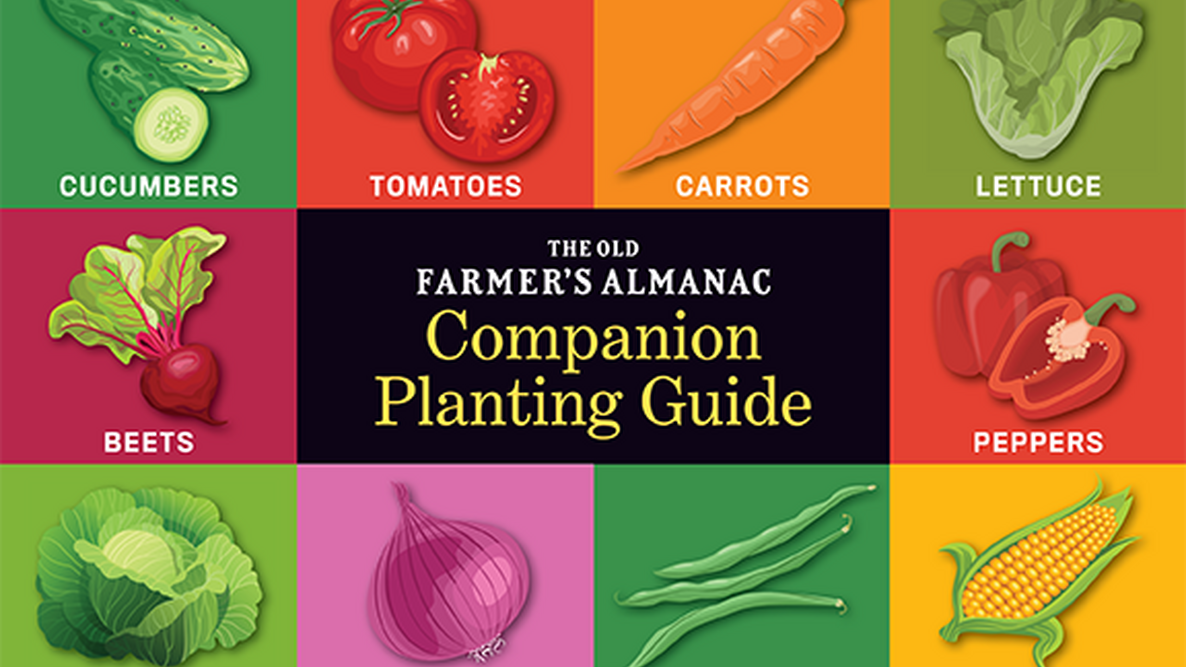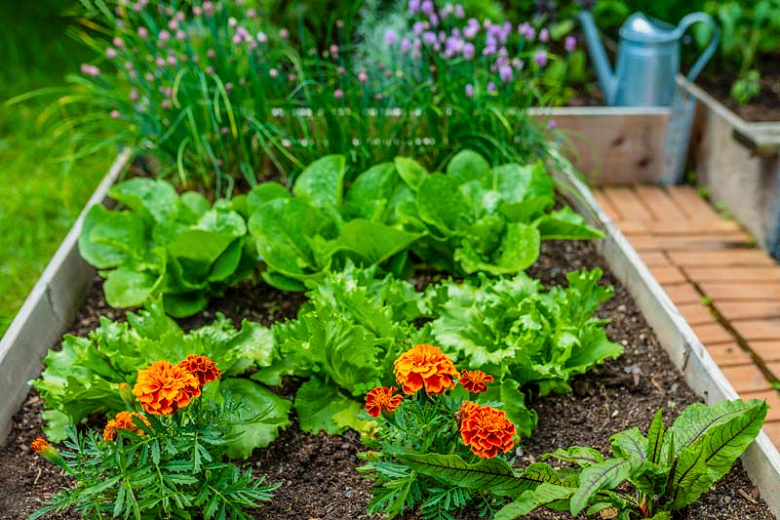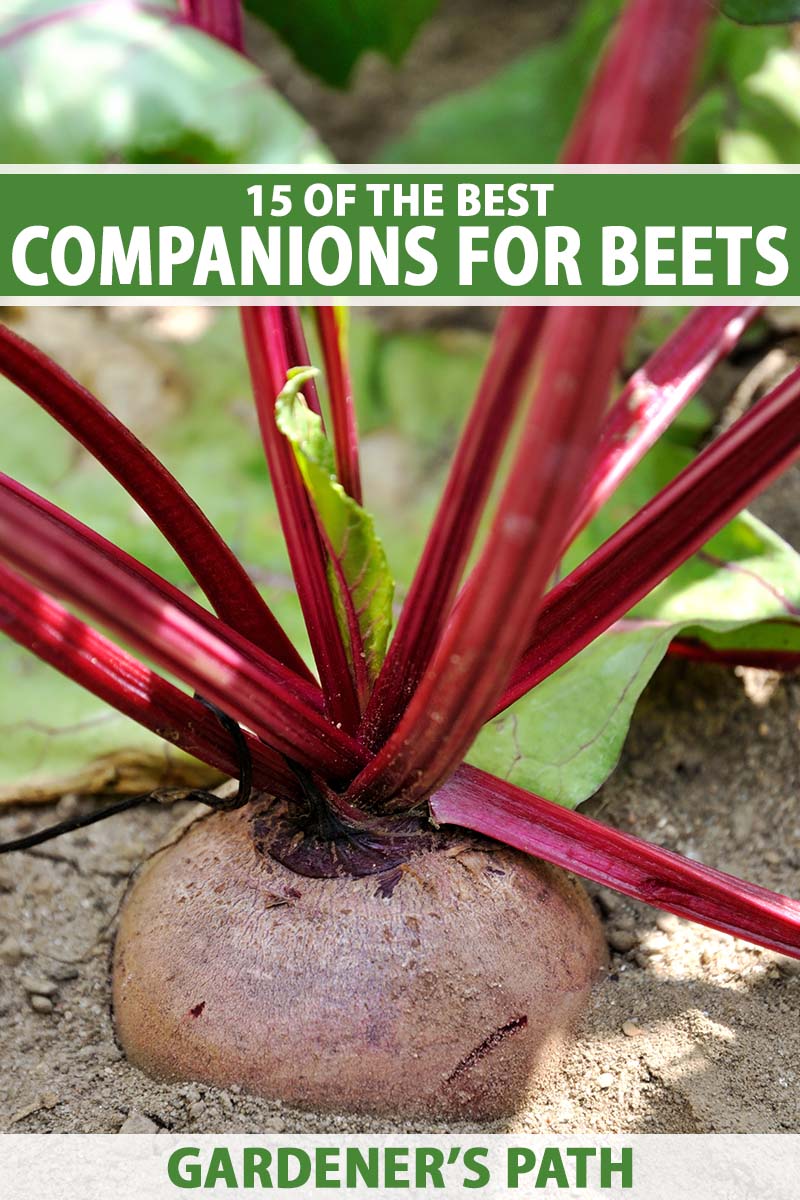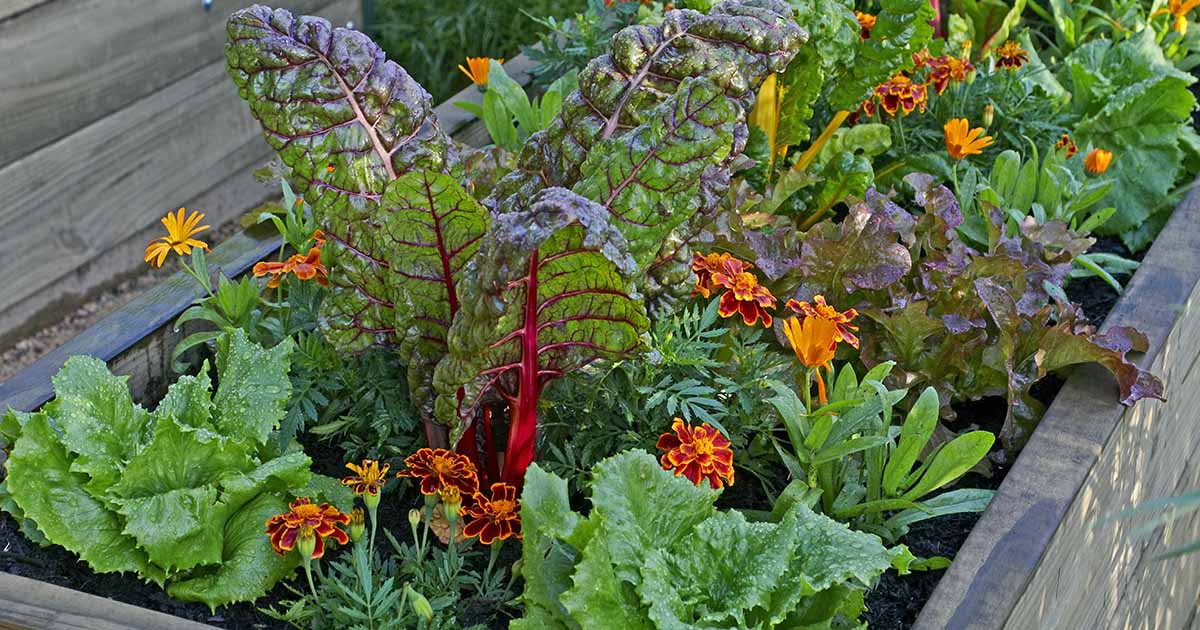Best Companion Plants For Beets To Grow A Bountiful Harvest
Title: Best Companion Plants for Beets to Grow a Bountiful Harvest
Introduction:
Beets are a delicious and nutritious root vegetable that is easy to grow. They are also a good companion plant for many other vegetables, which can help to improve your garden's productivity and pest control.
In this blog post, we will discuss the best companion plants for beets. We will also provide some tips on how to plant and care for beets in your garden.
Main Content:
Brassicas:
Brassicas, such as broccoli, Brussels sprouts, and cabbage, are excellent companion plants for beets. These plants all have similar growing requirements, and they can help to deter pests and diseases.
Brassicas also release chemicals into the soil that can suppress the growth of weeds. This can help to keep your garden free of weeds, which can compete with your beets for nutrients and water.
Onions:
Onions are another great companion plant for beets. The strong scent of onions can help to repel pests, such as aphids and carrot flies. Onions can also help to improve the flavor of beets.
Herbs:
A number of herbs can be good companion plants for beets. These include basil, dill, mint, and parsley. These herbs can help to repel pests and diseases, and they can also improve the flavor of beets.
Lettuce:
Lettuce is a good companion plant for beets because it can help to suppress weeds. Lettuce has shallow roots, so it does not compete with beets for nutrients and water. Lettuce can also be harvested early in the season, which will free up space for your beets to grow.
Other Companion Plants:
Other companion plants that can be grown with beets include carrots, peas, spinach, and tomatoes. These plants all have different growing requirements, so it is important to do some research to make sure that they will be compatible.
Tips for Planting and Caring for Beets:
Beets are relatively easy to grow, but there are a few things you can do to help ensure a bountiful harvest.
- Plant beets in full sun.
- Sow seeds 1/2 inch deep and 2 inches apart.
- Keep the soil moist, but not soggy.
- Fertilize beets every few weeks with a balanced fertilizer.
- Harvest beets when they are the size you want them.
Conclusion:
By planting beets with the right companion plants, you can improve your garden's productivity and pest control. With a little care and attention, you can enjoy a bountiful harvest of beets all season long.
Beets are a delicious and versatile vegetable that can be grown in many different climates. But did you know that there are certain plants that can help your beets grow even better? Companion planting is the practice of planting different types of plants together to benefit each other. And when it comes to beets, there are a few specific plants that are especially good companions.
Some of the best companion plants for beets include:
- Onions. Onions help to repel pests that can damage beets, such as aphids and flea beetles.
- Beans. Beans fix nitrogen in the soil, which can help to improve the growth of beets.
- Lettuce. Lettuce helps to suppress weeds and shade the soil, which can help to keep beet roots cool and prevent them from bolting.
- Cabbage. Cabbage helps to deter pests and diseases that can affect beets.
- Radishes. Radishes help to break up the soil, which can improve drainage and aeration for beets.
If you're looking to grow the best beets possible, companion planting is a great way to improve their growth and yield. For more information about companion plants for beets, please visit Home Gardening.
FAQ of companion plants to beets
What are the best companion plants for beets?
Some of the best companion plants for beets include:
- Alliums: Onions, garlic, leeks, and chives all help to repel pests that can damage beets, such as aphids and flea beetles.
- Bush beans: Bush beans help to improve the nitrogen levels in the soil, which can benefit beets.
- Cabbage family vegetables: Broccoli, Brussels sprouts, cauliflower, and kale all help to deter pests and diseases from beets.
- Lettuce: Lettuce helps to suppress weeds and retain moisture in the soil, both of which can benefit beets.
- Radishes: Radishes help to break up the soil, which can improve drainage and aeration for beets.
What plants should not be planted near beets?
Some plants that should not be planted near beets include:
- Pole beans: Pole beans can shade out beets and stunt their growth.
- Field mustard: Field mustard can compete with beets for nutrients and water.
- Charlock (wild mustard): Charlock can harbor pests and diseases that can damage beets.
When is the best time to plant beets with companion plants?
The best time to plant beets with companion plants is in the spring, when the soil has warmed up to at least 60 degrees Fahrenheit. This will give the plants enough time to grow and mature before the summer heat arrives.
How far apart should beets be planted with companion plants?
When planting beets with companion plants, it is important to space them far enough apart so that they have enough room to grow. Beets should be spaced at least 2 inches apart, and companion plants should be spaced according to their individual requirements.
What are some other benefits of companion planting with beets?
In addition to deterring pests and diseases, companion planting with beets can also offer other benefits, such as:
- Improved soil quality: Some companion plants, such as bush beans and cabbage family vegetables, can help to improve the nitrogen levels in the soil, which can benefit beets.
- Increased yields: Companion planting can help to increase the yields of beets by attracting beneficial insects and pollinators.
- Disease resistance: Companion planting can help to increase the disease resistance of beets by deterring pests and diseases.
Image of companion plants to beets
10 different images of companion plants to beets that are free to use:
- Carrots. Carrots and beets are both root vegetables, so they can be planted together without competing for space. Carrots also help to repel pests that can damage beets, such as carrot root fly.

- Cabbage. Cabbage is another member of the Brassica family, and it can be planted near beets to help improve the soil quality. Cabbage also helps to repel pests such as cabbage loopers and flea beetles.

- Lettuce. Lettuce is a good companion plant for beets because it helps to suppress weeds. Lettuce also shades the soil, which can help to keep the beets cool and prevent them from bolting.

- Onions. Onions and beets can be planted together to help repel pests such as aphids and carrot rust fly. Onions also help to improve the flavor of beets.

- Peas. Peas are legumes, which means they can fix nitrogen in the soil. This can help to improve the growth of beets. Peas also help to suppress weeds.

- Pole beans. Pole beans are another good nitrogen-fixing plant that can be planted near beets. Pole beans also help to provide shade for beets, which can help to prevent them from bolting.

- Spinach. Spinach is a cool-season crop that can be planted near beets. Spinach helps to suppress weeds and improve the soil quality. It also helps to protect beets from pests such as aphids.

- Swiss chard. Swiss chard is a good companion plant for beets because it helps to suppress weeds. Swiss chard also shades the soil, which can help to keep the beets cool and prevent them from bolting.

- Sunflowers. Sunflowers are tall plants that can provide shade for beets. They also help to attract pollinators, which can help to improve the pollination of beets.

- Turnips. Turnips are another root vegetable that can be planted near beets. Turnips help to suppress weeds and improve the soil quality. They also help to protect beets from pests such as aphids.

Post a Comment for " Best Companion Plants For Beets To Grow A Bountiful Harvest"